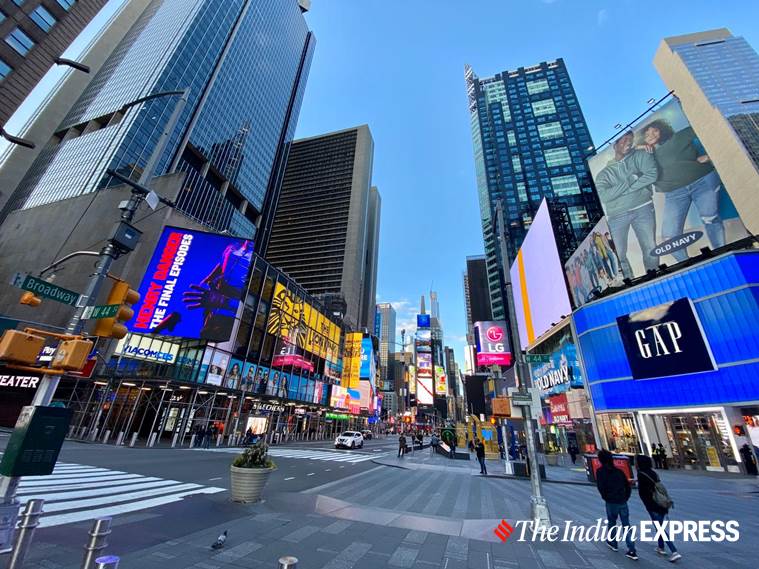

#New york lockdown blackdown trial#
What does it mean when the people who are most affected by the outcome of this trial are not represented in those who are making the decisions? Indeed, when the people making the decisions are lubed by the white supremacy reproduced through racist policing? As far as I could tell, and with the exception of the counsel for the plaintiff, the people who were participating in the proceedings – the Judge, court personnel, defense counsel, and courtside reporters – all appeared to be white. It was only then that I was able to see behind the camera and was disturbed by the predictability of the space. Thankfully one of my fiercely awesome students managed to hustle me into the courtroom after an hour or so. I was told to remove my Communities United for Police Reform button (activist!!!), and sat with everyone else trying to see the static televised image of Judge Scheindlin and listen to the opening statements coming from off-camera. With hundreds of people coming out to support the case, shortly after 9am most of us were being directed into overflow rooms. Is this what was behind the image that AM New York was projecting? At least it was what was whispering to me as I walked through the freezing cold toward 500 Pearl Street, Courtroom 15C. Like then, are the militant tactics of the NYPD – bragged by Mayor Bloomberg last Fall as “the seventh biggest army in the world” – once again becoming increasingly called upon as a means to instill fear and block emergent resistance? Similar to how that case was embedded within the black resistance movements of the 1960s, this one also speaks within historic struggles and Occupy-ed uprisings. Ohio case where the “reasonable suspicion” standard for stop & frisk was unleashed. There is something here that echoes with the political context of the landmark Terry vs. Grief, outrage, and fatigue make for powerful alchemy. The vigils and protests that have followed Kimani’s death are testimony to the ongoing reality of police brutality for NYC communities. Last week the city “celebrated” it’s five millionth stop – the absolute majority of which involved the violation of black, brown, and innocent, yet supposedly “suspicious”, young men.Īrgued by some as a technique in crime-fighting, others as a technique in apartheid, this number came just days after two NYPD officers shot Kimani Grey, a 16yo African American man out with his friends in Brooklyn. It was Day 1 of the Floyd Trial to challenge the unconstitutionality of the NYPD’s “stop & frisk” practices. I couldn’t help but witness the synchronicity of the image. A silhouette of a police officer taking aim down some kind of sci-fi-futuristic-tunnel was framed with the headline, “NYPD 2.0: How city beats crime with high-tech tools”. I’m not usually one to grab the daily paper when I get off the subway, but as I was leaving the City Hall station this morning, the cover story of AM New York got my eye. Rachel Jane Liebert posted updates on our Tumblr so that others could follow along. City of New York et al, a federal class action lawsuit that challenges the NYPD’s practices of racial profiling and unconstitutional stop-and frisks.

As part of the Communities United for Police Reform Coalition, we attended the trial, Floyd, et al.


 0 kommentar(er)
0 kommentar(er)
